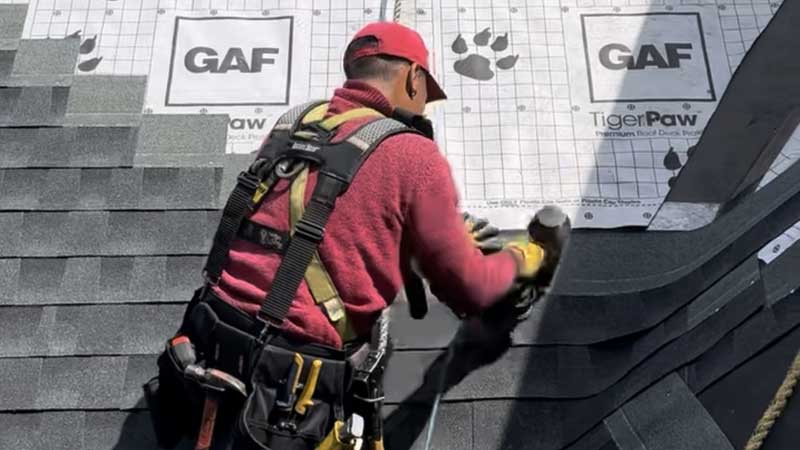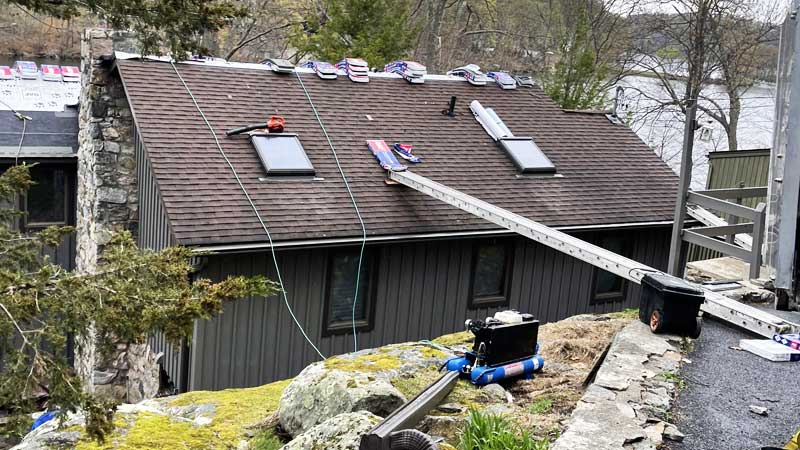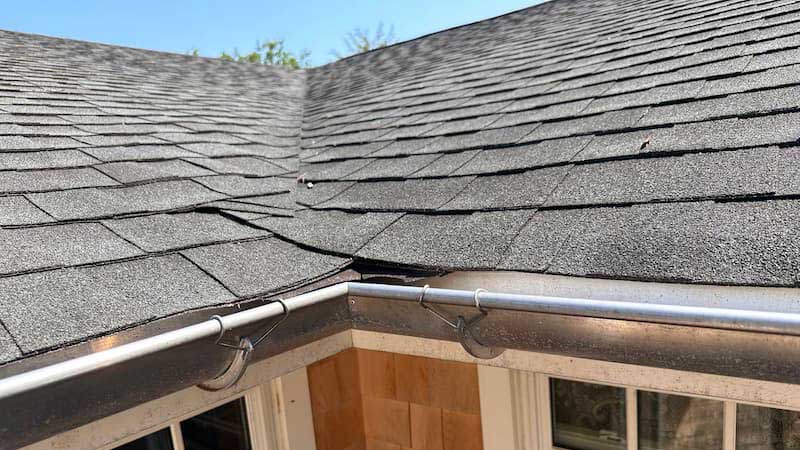A Homebuyer's Guide to Roofing Systems
The Importance of a Healthy Roofing System
Before delving into the specifics, it’s crucial to understand why a healthy roofing system is so essential. A roof serves as your home’s first line of defense against the elements. It shields your family and belongings from rain, snow, wind, and extreme temperatures. A well-maintained roof can prevent water leaks, mold growth, and structural damage that can lead to costly repairs down the line. Moreover, a robust roofing system enhances energy efficiency, insulation, and curb appeal, all of which contribute to the overall value of your home.

Components of a Roofing System
A roofing system is a complex assembly of various components working together to ensure the protection and longevity of your home. Let’s break down the key components:
- Roof Deck: The roof deck is the foundation of your roofing system, providing structural support for the entire assembly. It is typically made of plywood or oriented strand board (OSB).
- Underlayment: The underlayment is a waterproof barrier installed over the roof deck. It prevents moisture from penetrating the roofing material and causing damage to the underlying structure
- Roofing Material: There are various roofing materials to choose from, including asphalt shingles, metal, slate, wood shakes, and more. Each material has its own benefits and considerations in terms of cost, durability, and aesthetics.
- Flashing: Flashing is used to prevent water penetration at vulnerable areas such as chimneys, vents, and skylights. It is usually made of metal and plays a crucial role in preventing leaks.
- Ventilation: Proper ventilation is essential for maintaining a healthy roof system. It regulates temperature, prevents moisture buildup, and extends the lifespan of the roofing materials. Ridge vents, soffit vents, and attic fans are common ventilation solutions.

Choosing the Right Roofing Material
Selecting the right roofing material is a crucial decision that impacts the aesthetics, durability, and maintenance requirements of your home. Here are a few popular roofing materials to consider:
- Asphalt Shingles: Asphalt shingles are widely used due to their affordability, versatility, and ease of installation. They come in various colors and styles to match your home’s design.
- Metal Roofing: Metal roofs are known for their longevity, energy efficiency, and resistance to harsh weather conditions. They can mimic the appearance of other materials like wood or slate.
- Slate: Slate roofing offers timeless elegance and exceptional durability. However, it requires skilled installation and comes at a higher cost.
- Wood Shakes: Wood shakes provide a natural and rustic look. They require regular maintenance to prevent rot and insect infestation.
Inspection and Maintenance
Regular inspection and maintenance are essential to ensure your roofing system remains in optimal condition. Here are some key tips:
- Regular Inspections: Inspect your roof at least twice a year, in the spring and fall, and after severe weather events. Look for signs of damage, missing shingles, and wear and tear.
- Clean Gutters: Clear your gutters and downspouts from leaves, debris, and dirt regularly. Clogged gutters can lead to water damage and leaks.
- Trim Trees: Trim overhanging tree branches to prevent them from rubbing against the roof or falling during storms.
- Professional Inspection: Schedule a professional roofing inspection every few years to catch potential issues early and ensure proper maintenance.







